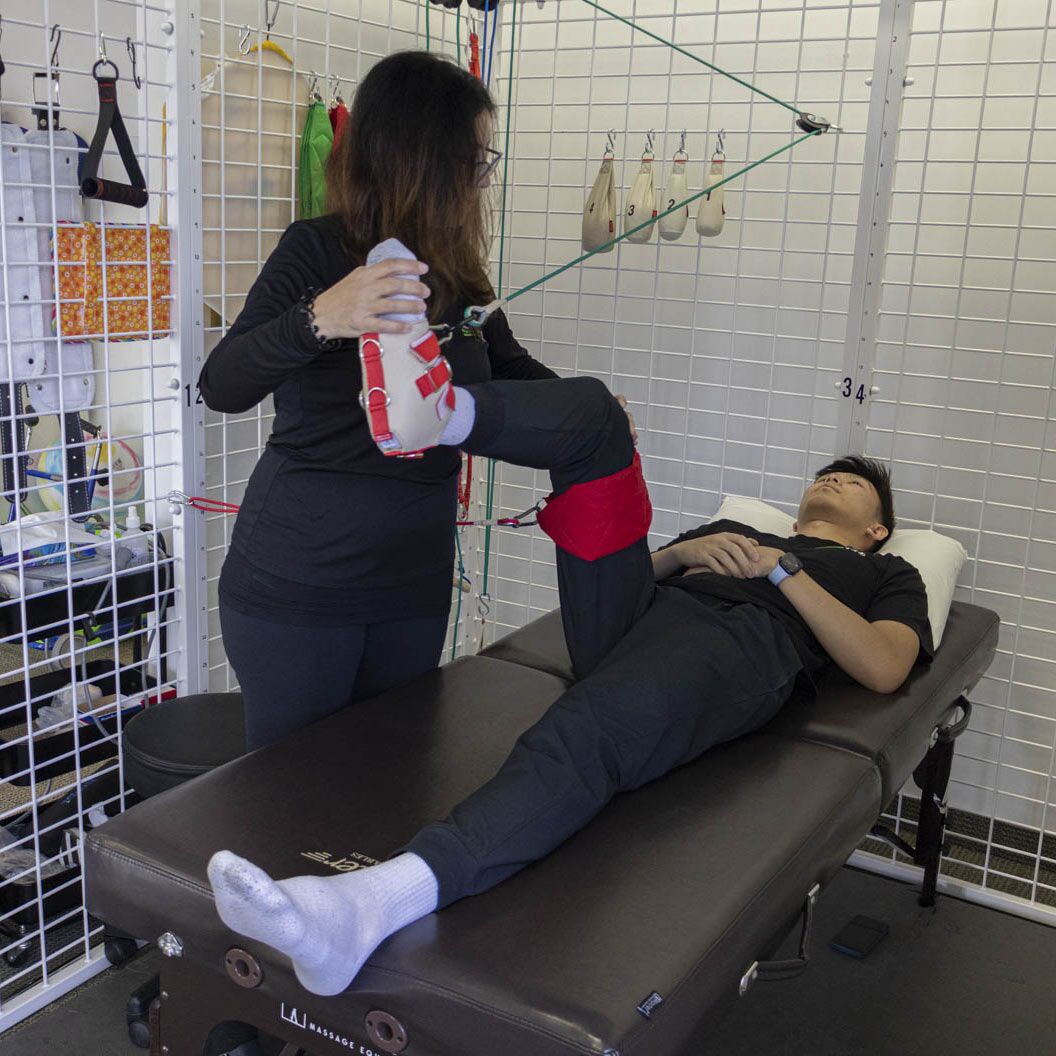Empowering Recovery and Functionality Via Effective Trauma Prevention Tactics in Physiological Therapy and Individual Coaching
Empowering Recovery and Functionality Via Effective Trauma Prevention Tactics in Physiological Therapy and Individual Coaching
Blog Article
Within the realm of physical therapy and individual coaching, harm avoidance is a vital component that can substantially enhance recovery and performance. Effective harm avoidance tactics assist individuals prevent setbacks that can occur due to physical exertion. These tactics are crafted to strengthen the physique, enhance mobility, and promote correct movement patterns. By concentrating on these aspects, both physical rehabilitators and individual coaches can empower their participants to attain their fitness goals while reducing the chance of injury.
One of the key elements of harm avoidance is comprehending the importance of proper preparation and recovery protocols. A warm-up prepares the physique for exercise by boosting blood supply to the tissues and enhancing flexibility. This can consist of dynamic stretches and gentle cardiovascular activities that slowly raise the cardiac rate. On the contrary side, a cool-down assists the physique shift back to a resting condition, lessening muscle discomfort and rigidity. Including these routines into a fitness program is essential for preserving overall physical health and avoiding injuries.
Another important tactic is the application of resistance training to build muscle and support articulations. Robust muscles can help stabilize articulations, which minimizes the chance of harm during physical activities. Personal trainers often create resistance exercise regimens that target particular muscular areas, guaranteeing a well-rounded approach to fitness. Additionally, physical rehabilitators may employ strength workouts to assist participants rehabilitate from harm while also avoiding subsequent issues. By focusing on strength, individuals can enhance their performance in sports and everyday tasks.
Mobility exercise is also a crucial component of harm avoidance. Flexibility routines enhance click this link now the scope of movement in articulations and assist preserve muscular flexibility. This is especially crucial for sports participants who participate in intense athletics, as tense muscular can result to injuries and tears. Both physical rehabilitators and individual trainers can incorporate flexibility exercises into their programs, such as static and active flexibility exercises, pilates, or yoga. By encouraging mobility, clients can enhance their overall motion effectiveness and minimize the chance of harm.
Ultimately, informing participants about physical movement and correct methods is crucial for harm avoidance. Understanding how to perform properly during workouts can greatly minimize the chance of injury. Personal trainers and physical therapists can teach clients about posture, alignment, and the importance of listening to their bodies. This understanding enables clients to make informed decisions about their physical activities and recognize when they may be at danger of injury. By fostering a strong foundation of harm avoidance tactics, both disciplines can assist participants recover effectively and perform at their best.